Calcific Coronary Artery Disease
Calcific coronary artery disease. Conventional Angioplasty Technique Prior to Implantation of Drug-Eluting StEnts. A study on Coronary Artery Disease Peripheral Arterial Disease Ischemic Heart Disease Non ST Segment Elevation Myocardial Infarction. Coronary artery disease also called CAD coronary or atherosclerotic heart disease is a serious condition caused by a buildup of plaque in your coronary arteries.
Procedural outcomes and angiographic follow-up results. Calcific aortic valve disease represents a disease spectrum that spans aortic sclerosis to aortic stenosis. Atherosclerosis -- sometimes called hardening of the arteries -- can slowly narrow the arteries throughout your body.
Mean age 707 years undergoing rotational atherectomy for symptomatic calcific coronary artery disease. Coronary heart disease occurs when your hearts major blood vessels become damaged or diseased. Evidence from studies on the pathogenesis of calcific aortic valve disease supports an active disease process with lipoprotein deposition chronic inflammation and leaflet calcification.
These blood vessels or arteries narrow or. Rotational atherectomy for fibro-calcific coronary artery disease in drug eluting stent era. When atherosclerosis affects arteries that carry blood to the heart muscle.
Evaluation of Treatment Strategies for Severe CaLcIfic Coronary Arteries. What Is Coronary Artery Disease. Rathore S1 Matsuo H Terashima M Kinoshita Y Kimura M Tsuchikane E Nasu K Ehara M Asakura Y Katoh O Suzuki T.
The cause depends on the type of coronary heart disease. The condition may also have more than one cause. Multi-vessel coronary artery disease CAD is a disease stage in which at least two or three of the epicardial coronary arteries is involved with atherosclerosis of significant severity.
Coronary artery calcification is concomitant with the development of advanced atherosclerosis. Coronary artery calcification CAC is a risk factor for adverse outcomes in the general population and in patients with coronary artery disease.
Coronary artery calcification pathologically.
Multivessel disease is often associated with a higher burden of comorbidities. When atherosclerosis affects arteries that carry blood to the heart muscle. Many people have both obstructive and nonobstructive forms of this disease. Rotational atherectomy for fibro-calcific coronary artery disease in drug eluting stent era. Coronary artery calcification pathologically. Calcific aortic valve disease represents a disease spectrum that spans aortic sclerosis to aortic stenosis. A total calcium score of 50 a weighted sum of x-ray density and total calcium area resulted in a sensitivity of 71 and specificity of 91 for patients in the 40- to 49-year-old age group with at least 50 stenosis. Procedural outcomes and angiographic follow-up results. Multi-vessel coronary artery disease CAD is a disease stage in which at least two or three of the epicardial coronary arteries is involved with atherosclerosis of significant severity.
A total calcium score of 50 a weighted sum of x-ray density and total calcium area resulted in a sensitivity of 71 and specificity of 91 for patients in the 40- to 49-year-old age group with at least 50 stenosis. Heavily calcified coronary plaques represent a complex lesion subset and a challenge to the interventional cardiologist as they are often resistant to simple plaque modification with conventional balloon angioplasty. Multivessel disease is often associated with a higher burden of comorbidities. Coronary microvascular disease affects the tiny arteries in the heart muscle. The ECLIPSE Trial. These blood vessels or arteries narrow or. Coronary artery disease affects the large arteries on the surface of the heart.



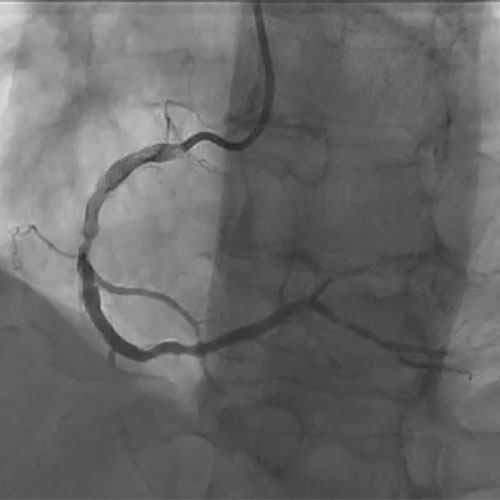






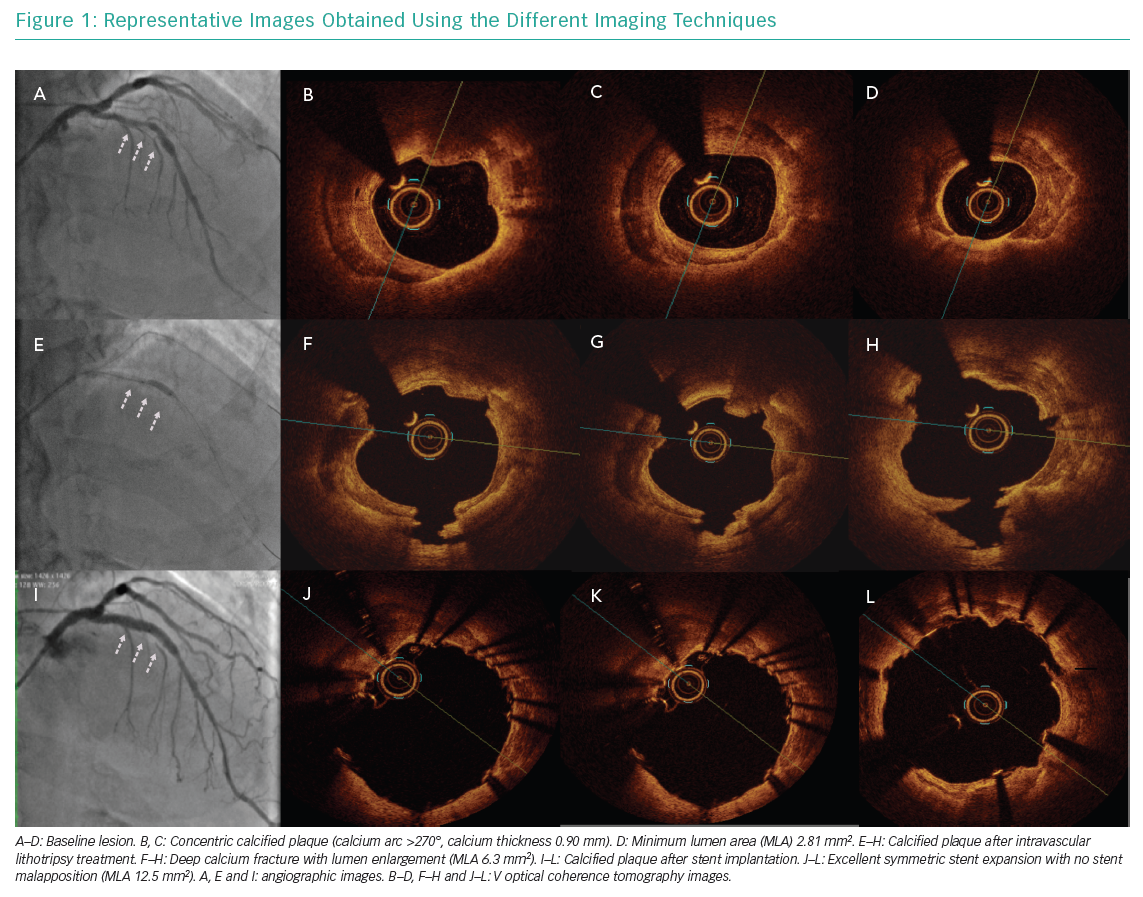
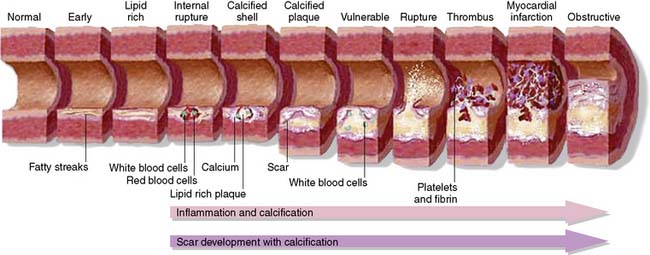
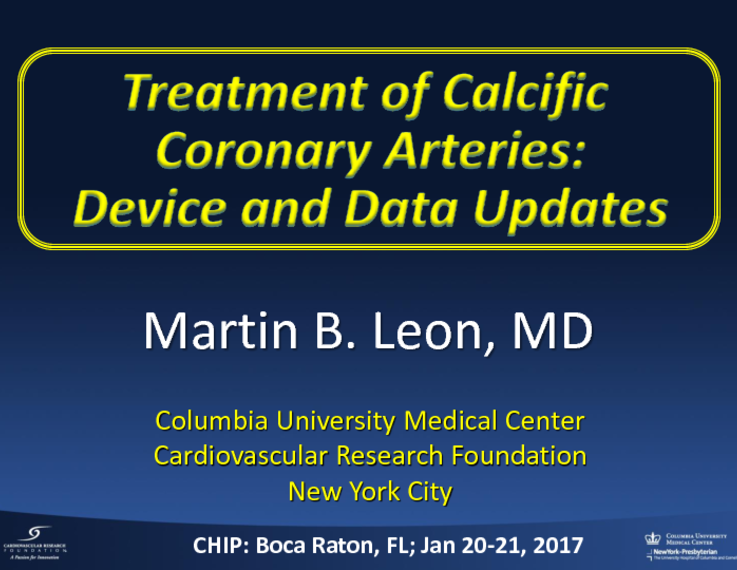


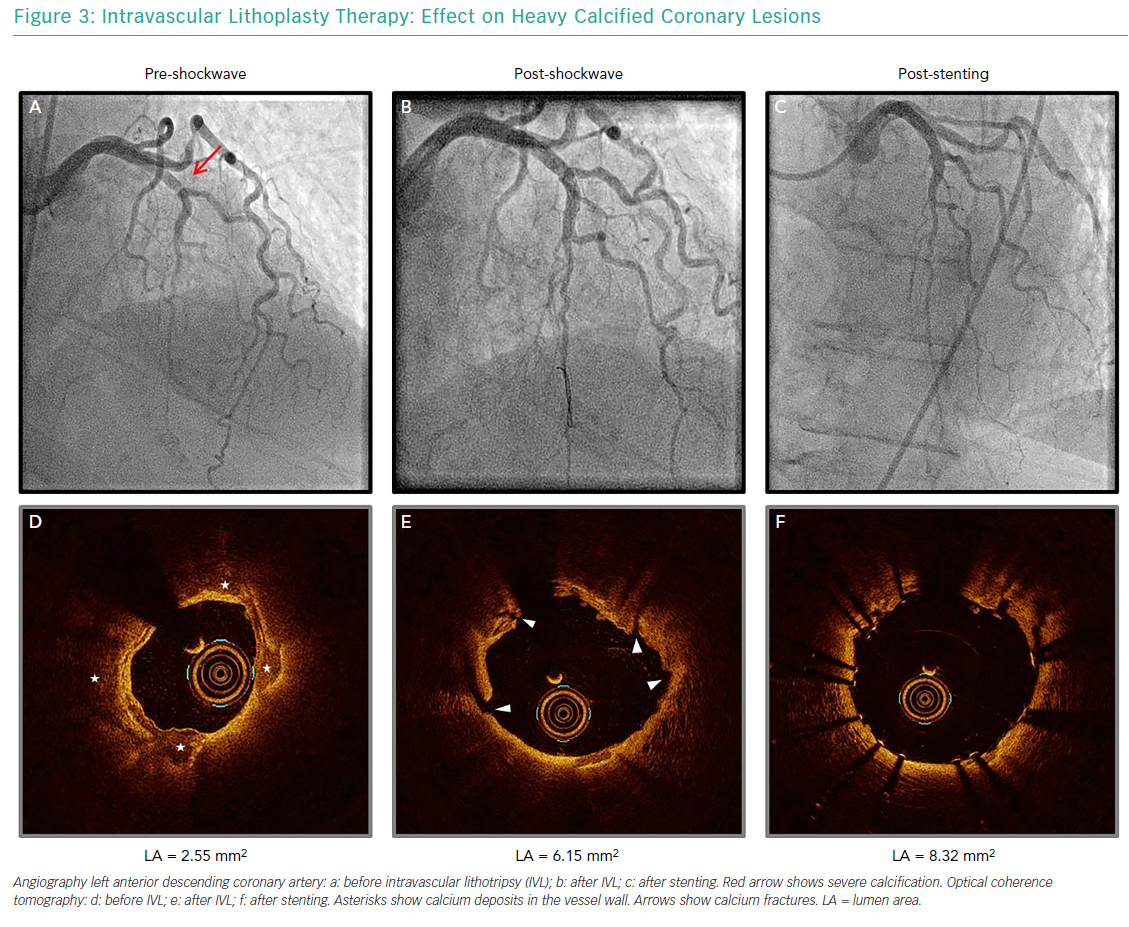
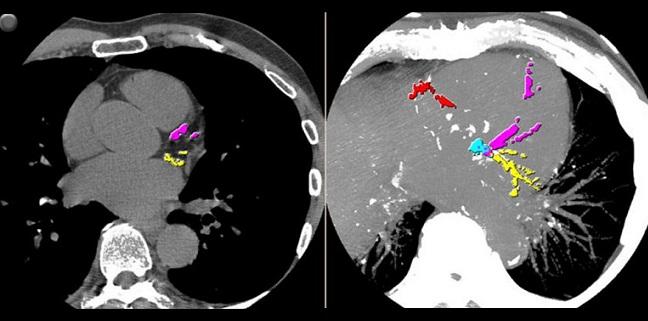



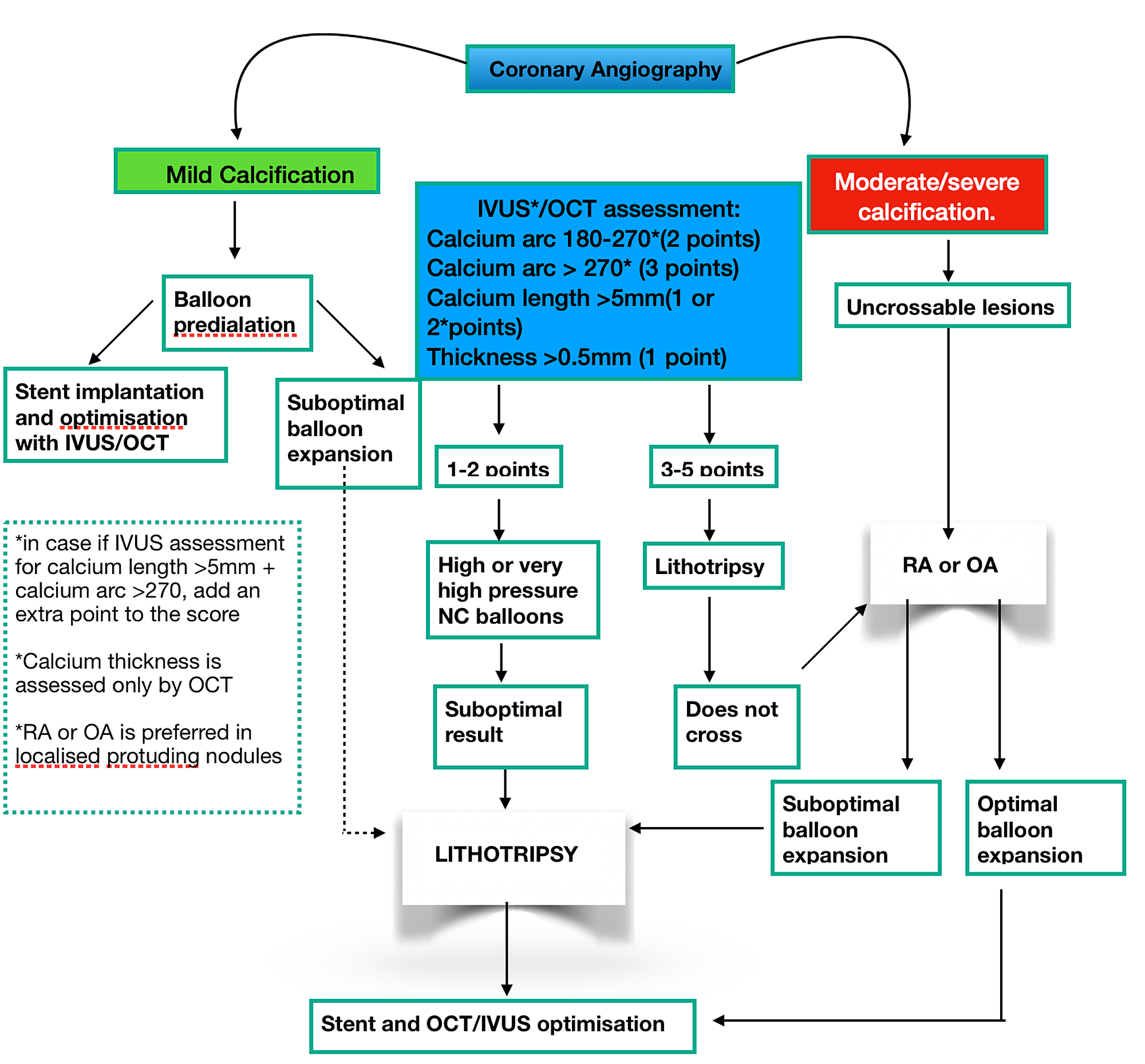



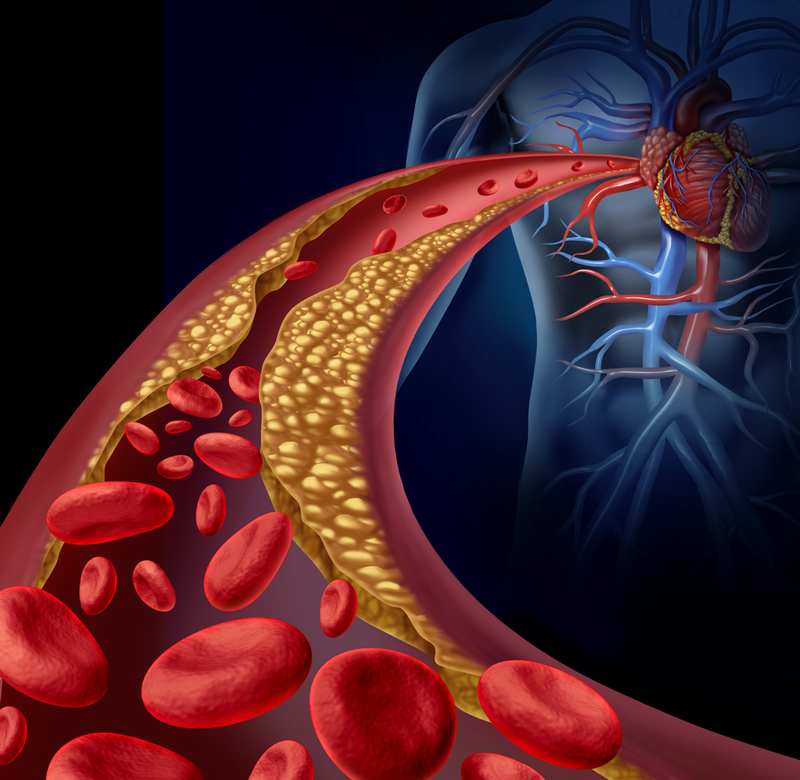


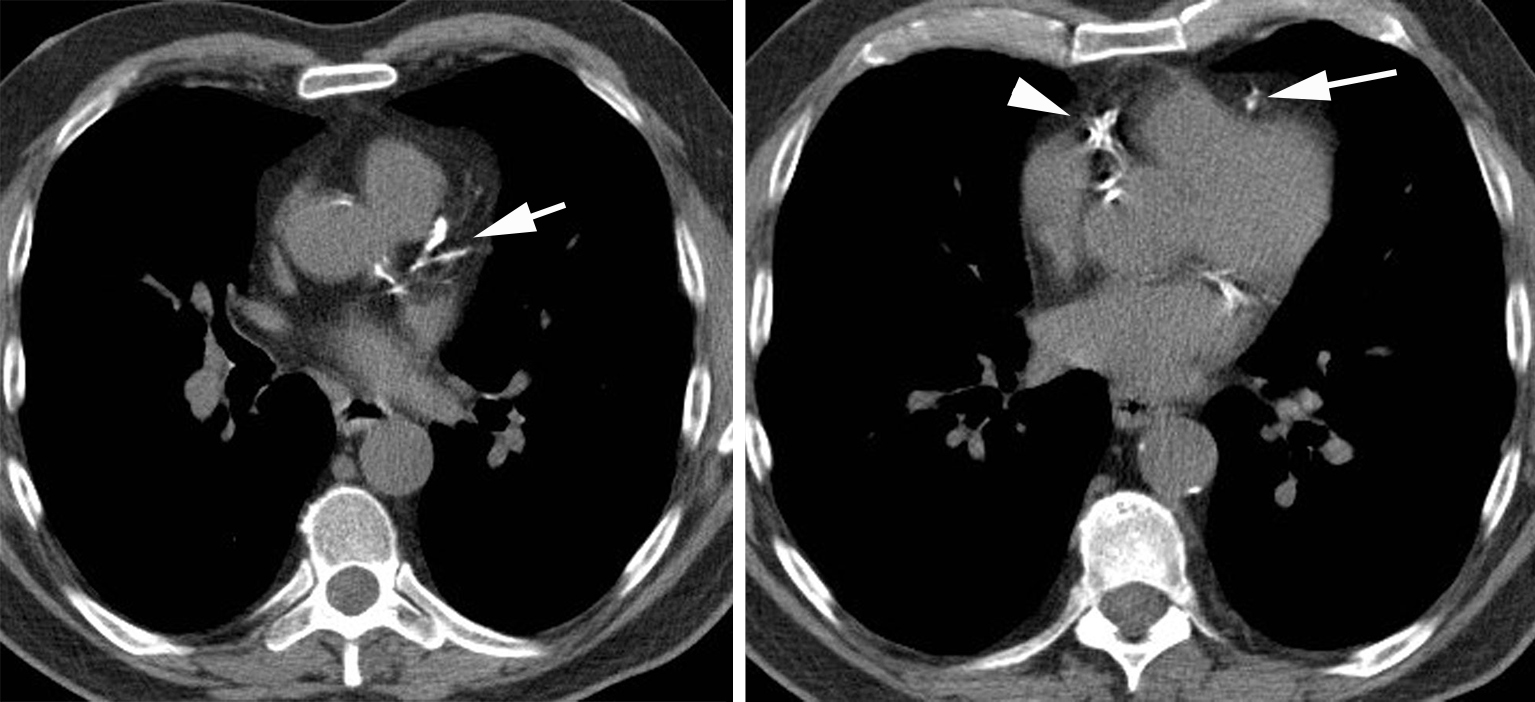
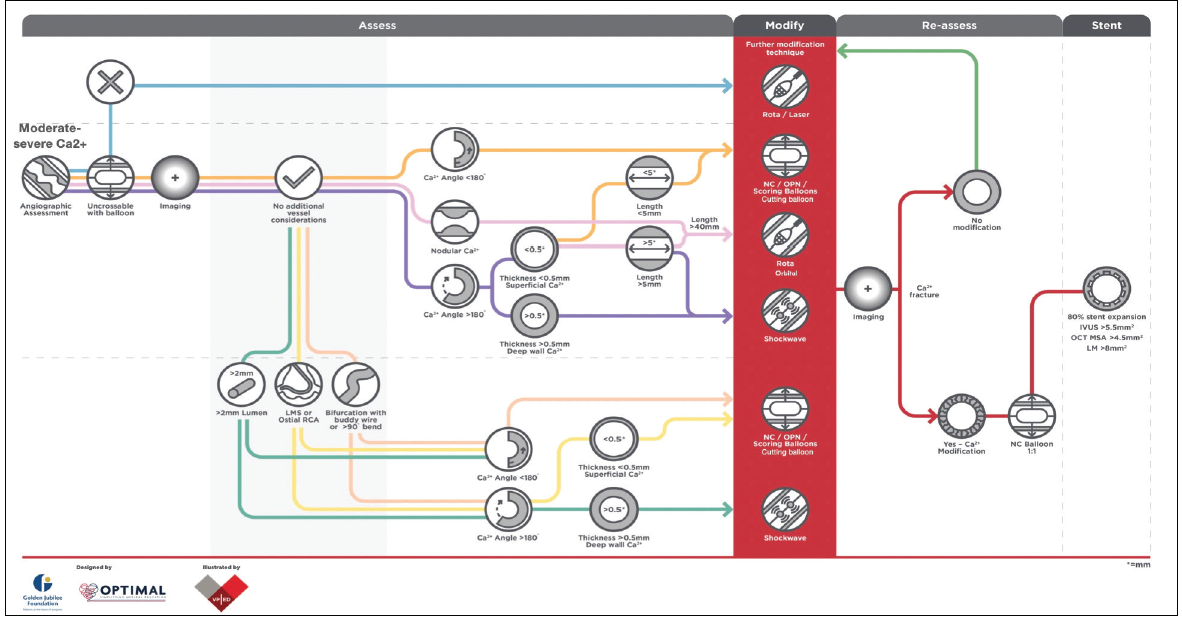







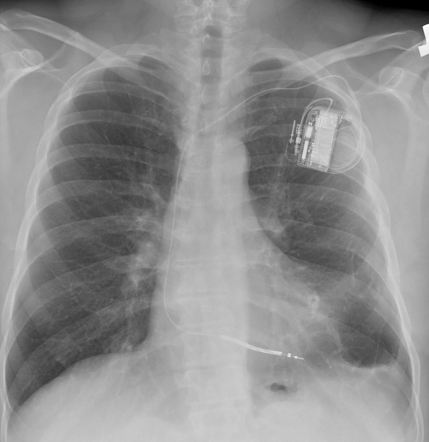
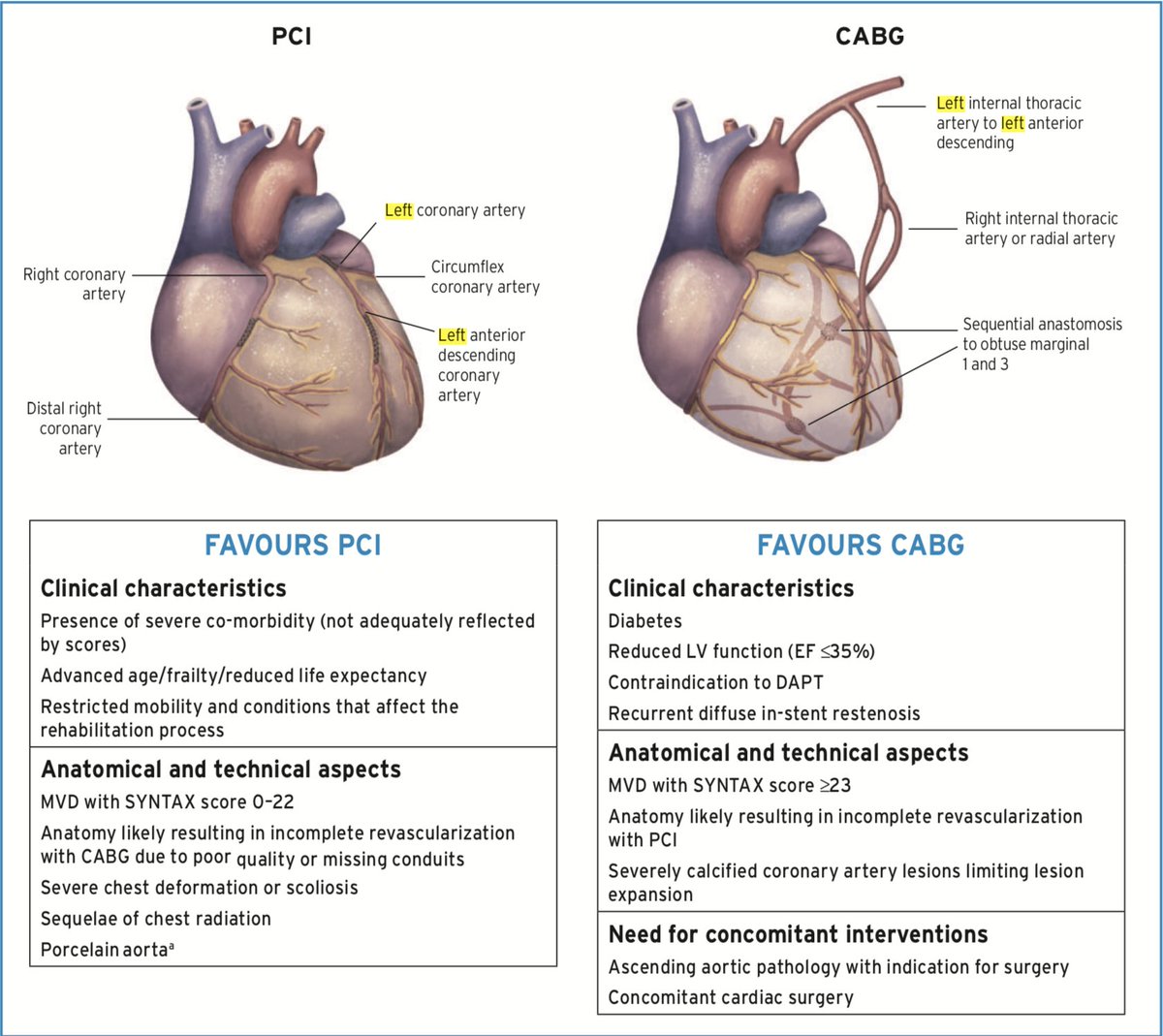

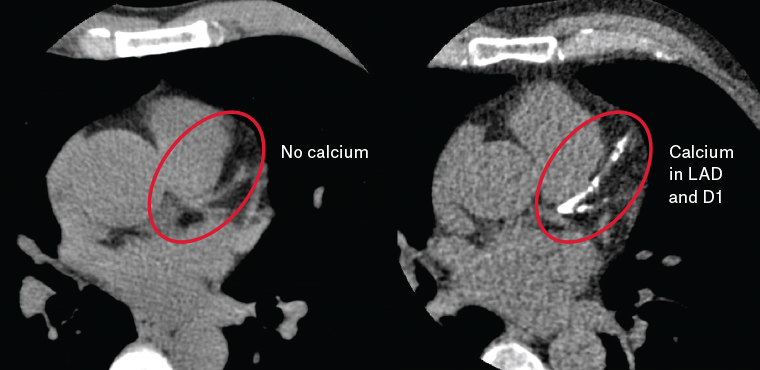
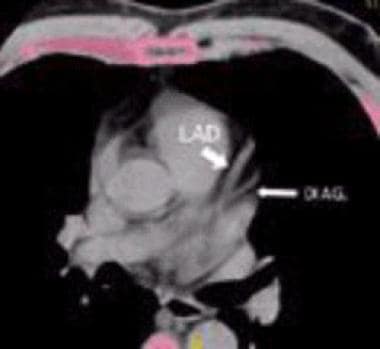
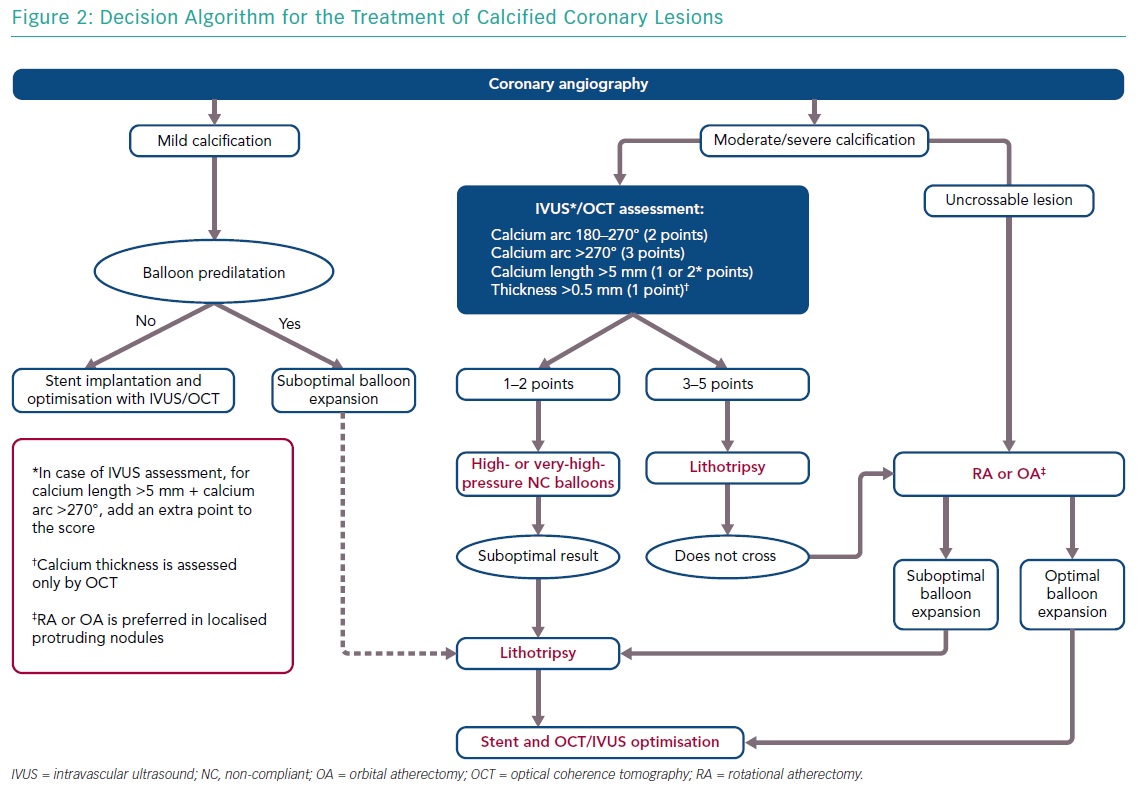


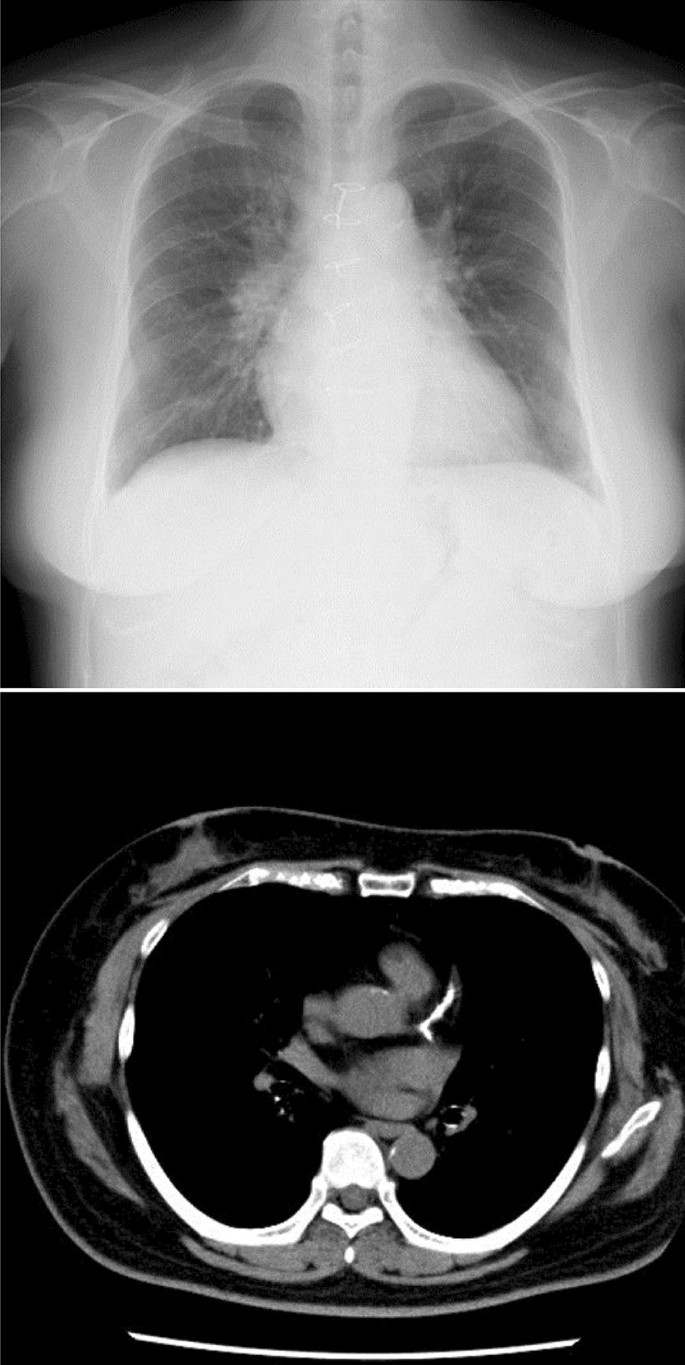


Post a Comment for "Calcific Coronary Artery Disease"